Two-Dimensional Fin Analysis Project for Heat Transfer (AME 3173)
VerifiedAdded on 2023/01/17
|8
|765
|80
Project
AI Summary
This project focuses on the analysis of heat transfer within a two-dimensional fin, addressing the problem outlined in the AME 3173 Heat Transfer course. The fin, made of aluminum, is subjected to a convective environment, and the project requires the development of a program to solve the two-dimensional temperature distribution for elapsed times of 3, 30, and 300 seconds, across three different heat transfer coefficients (h = 400, 4000, and 40000 W/m2K), totaling nine configurations. The analysis includes the determination of steady-state temperature distributions for all three h values and the time required to reach that state. A grid size of 0.25 cm is specified for the computational analysis. The results are presented using contour plots and line graphs, and a comparison is made between the centerline steady-state data and the temperature profiles derived from fin theory, as covered in the textbook. The document details the assumptions made, the governing equations, and the boundary conditions used to model the heat flow through the fin. The project's objective is to provide a comprehensive understanding of heat transfer principles and their application in the analysis of a finned heat sink.
1 out of 8

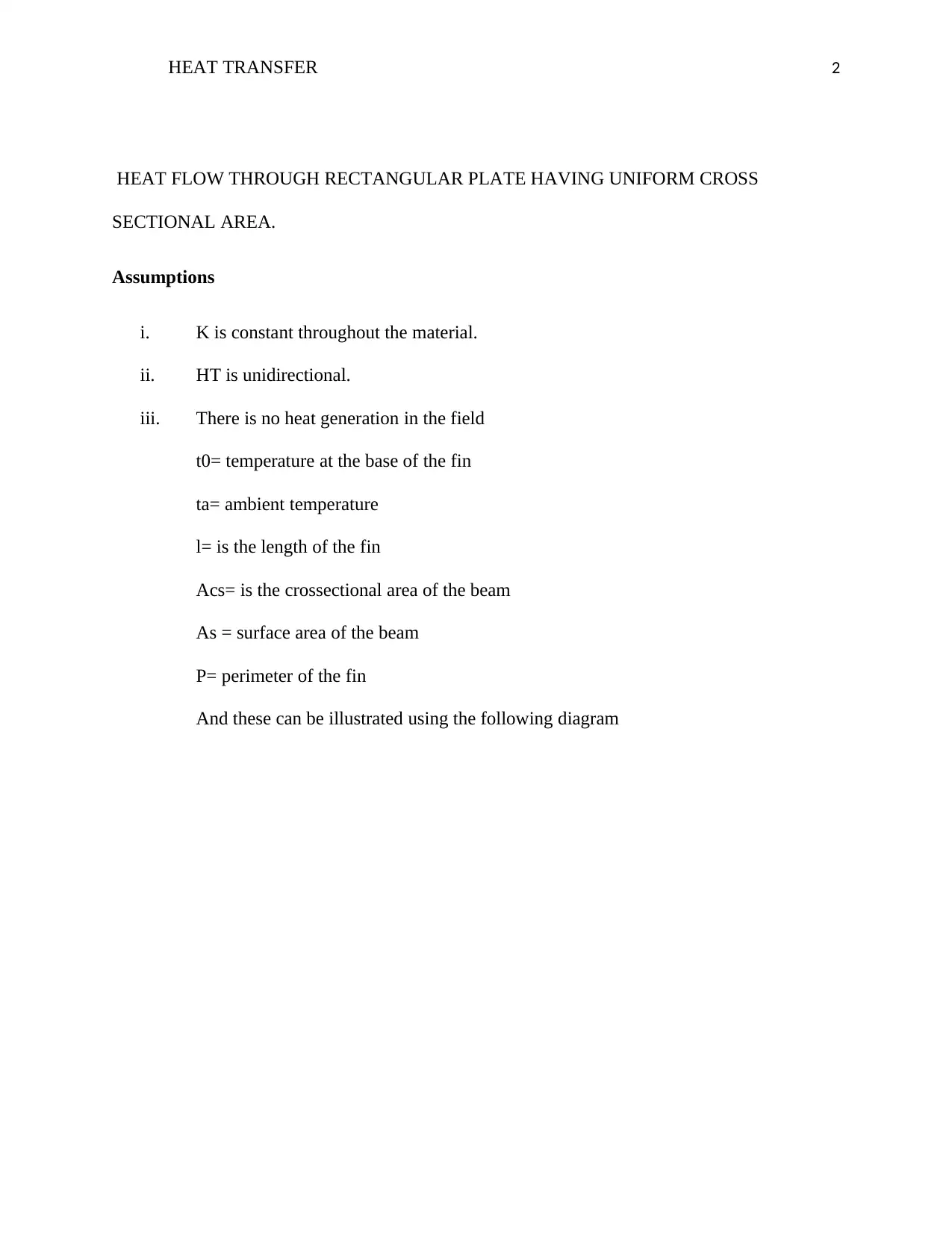
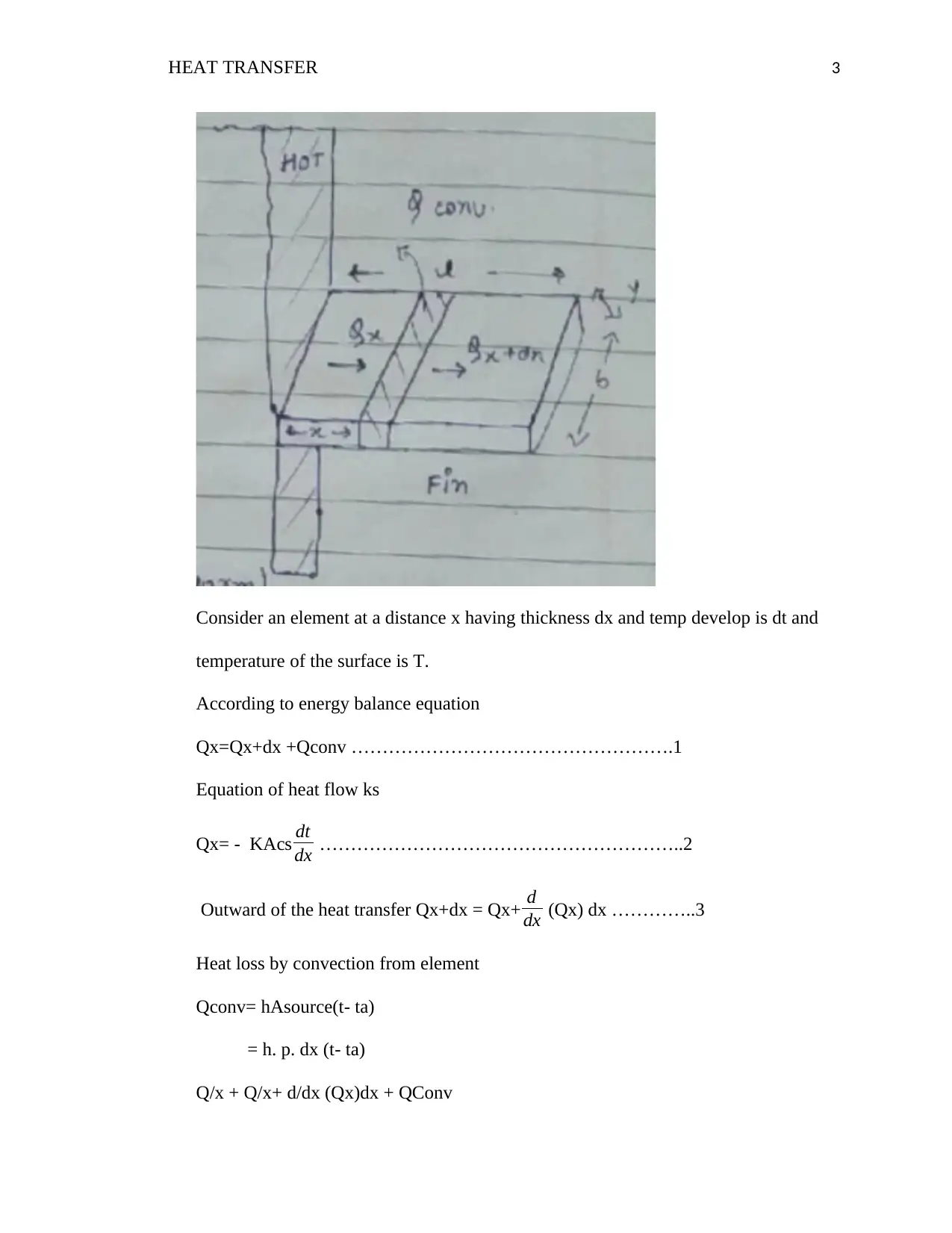

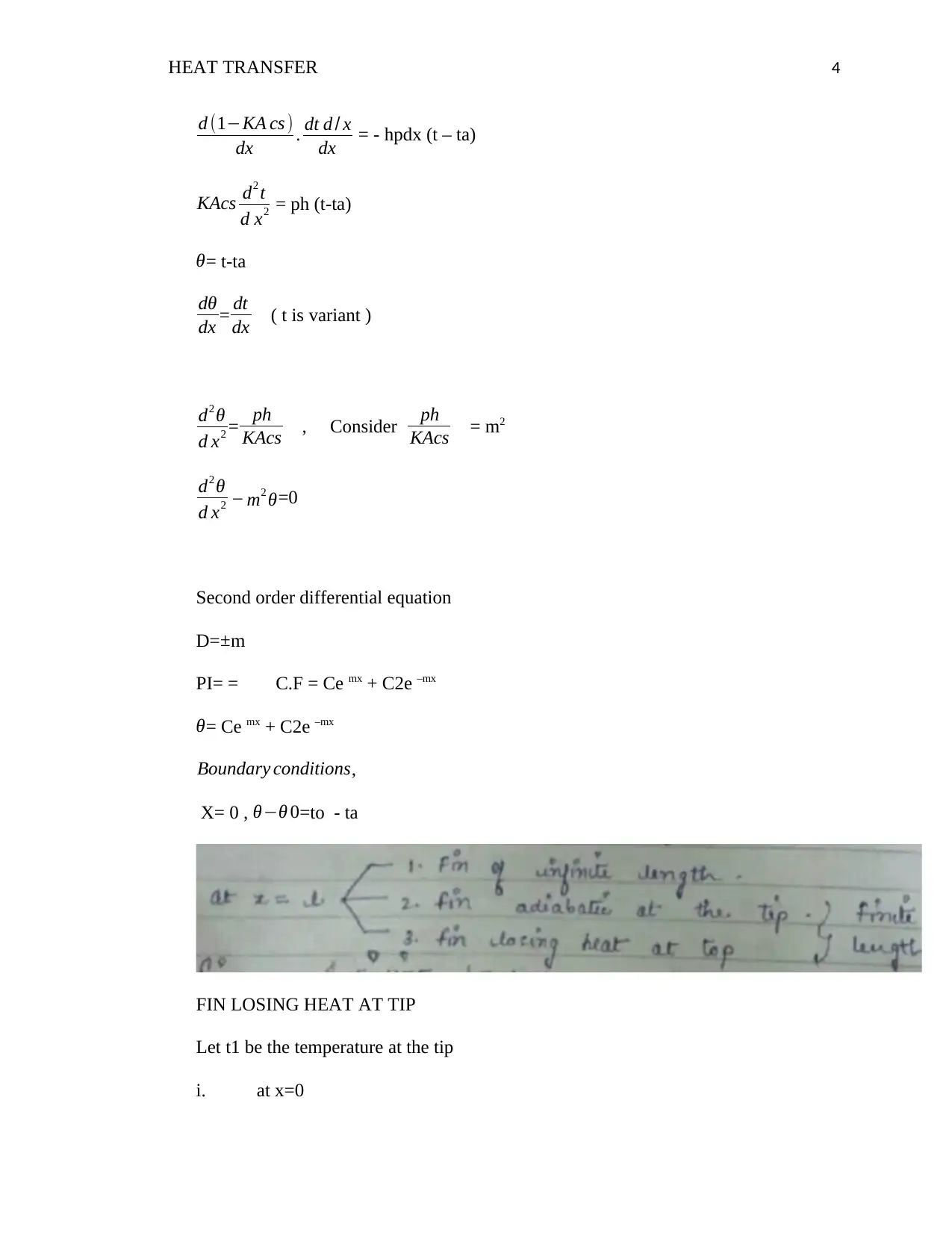
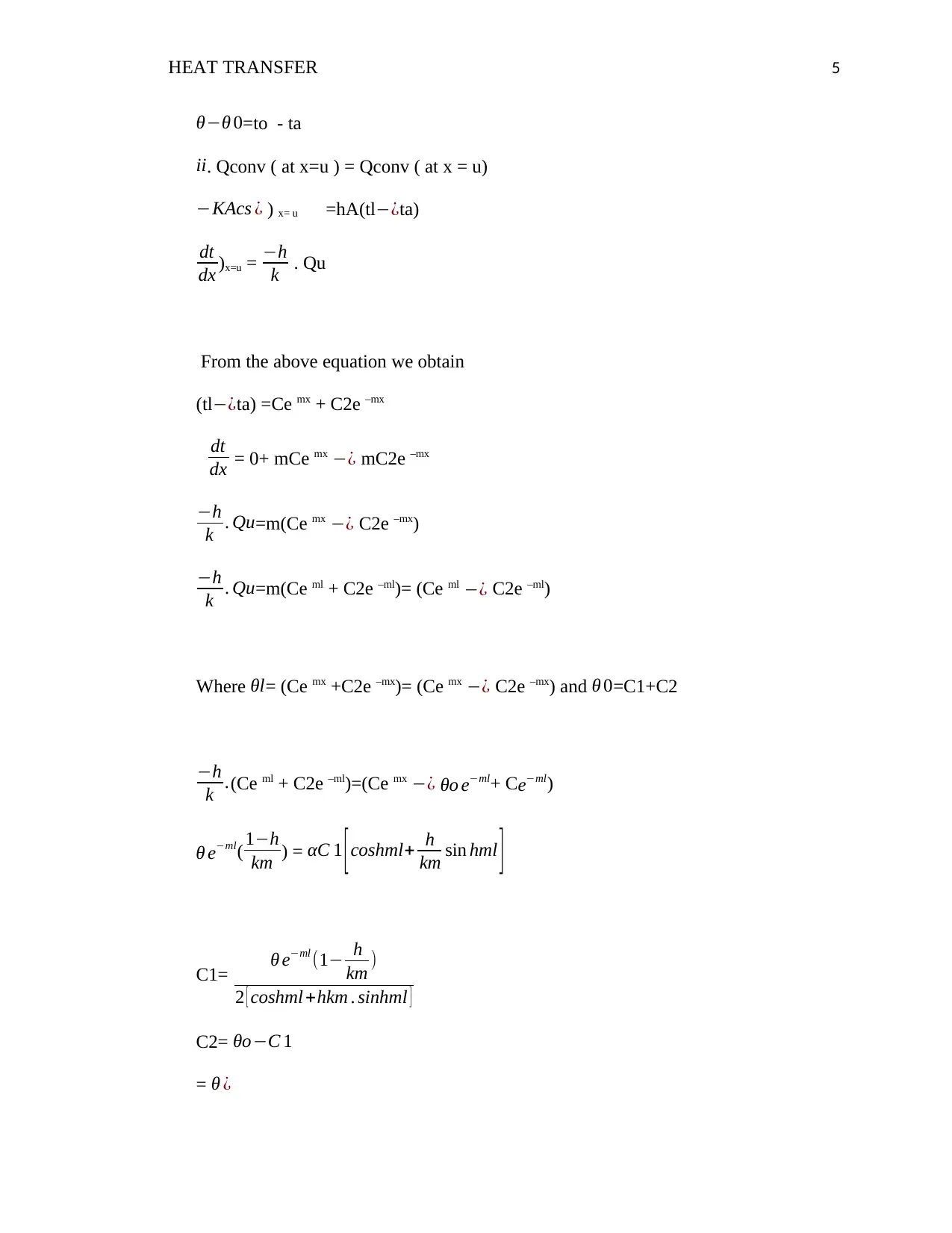
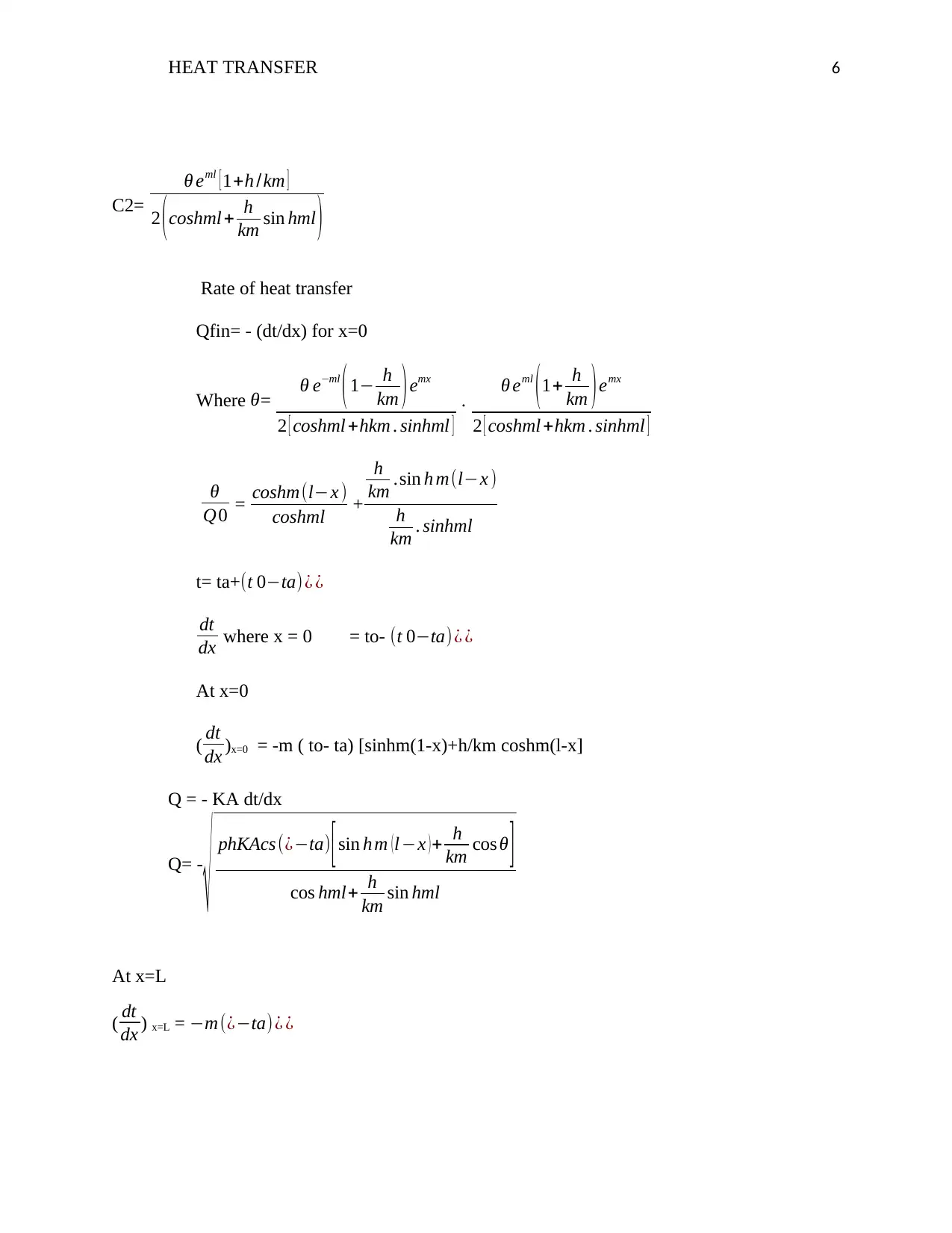
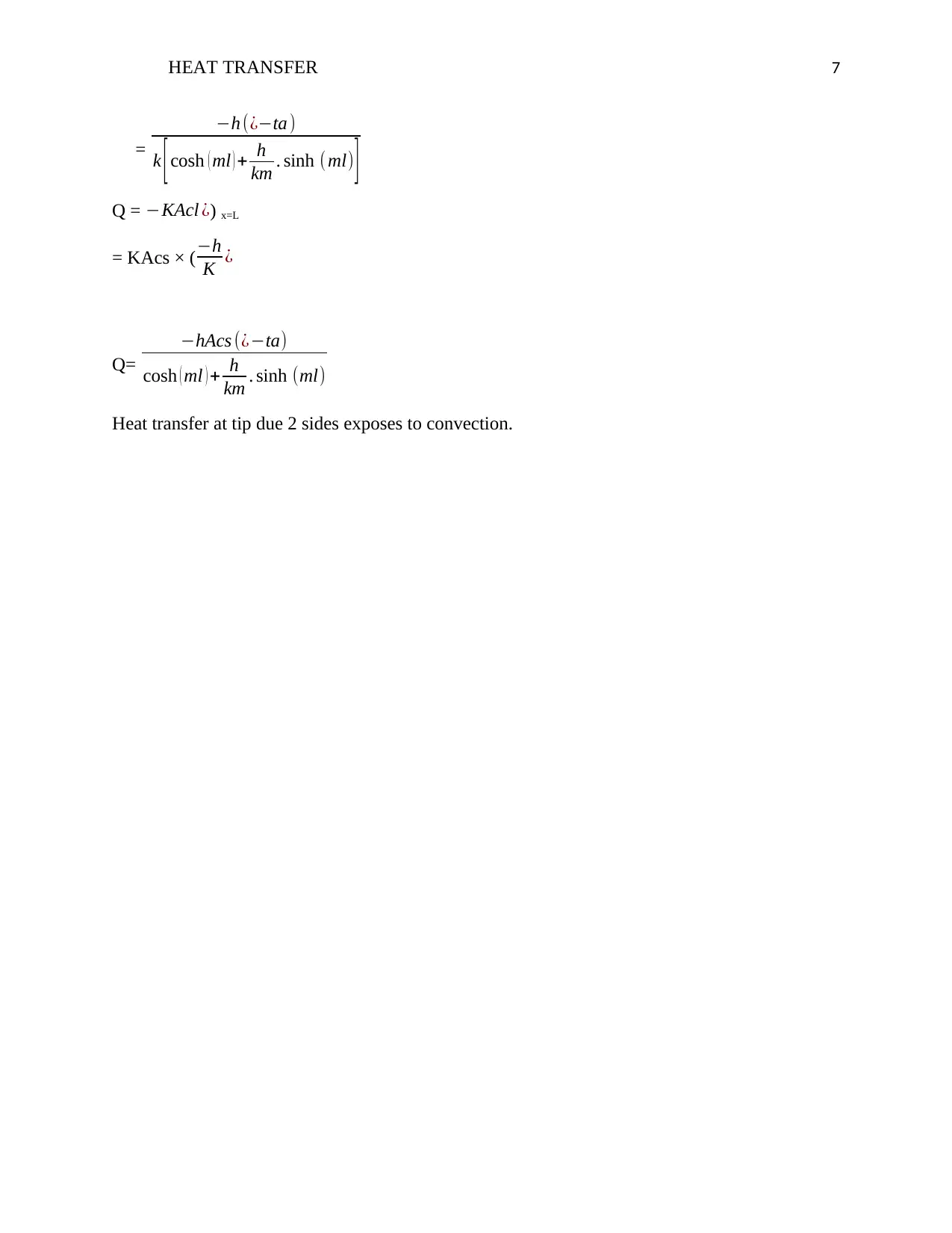
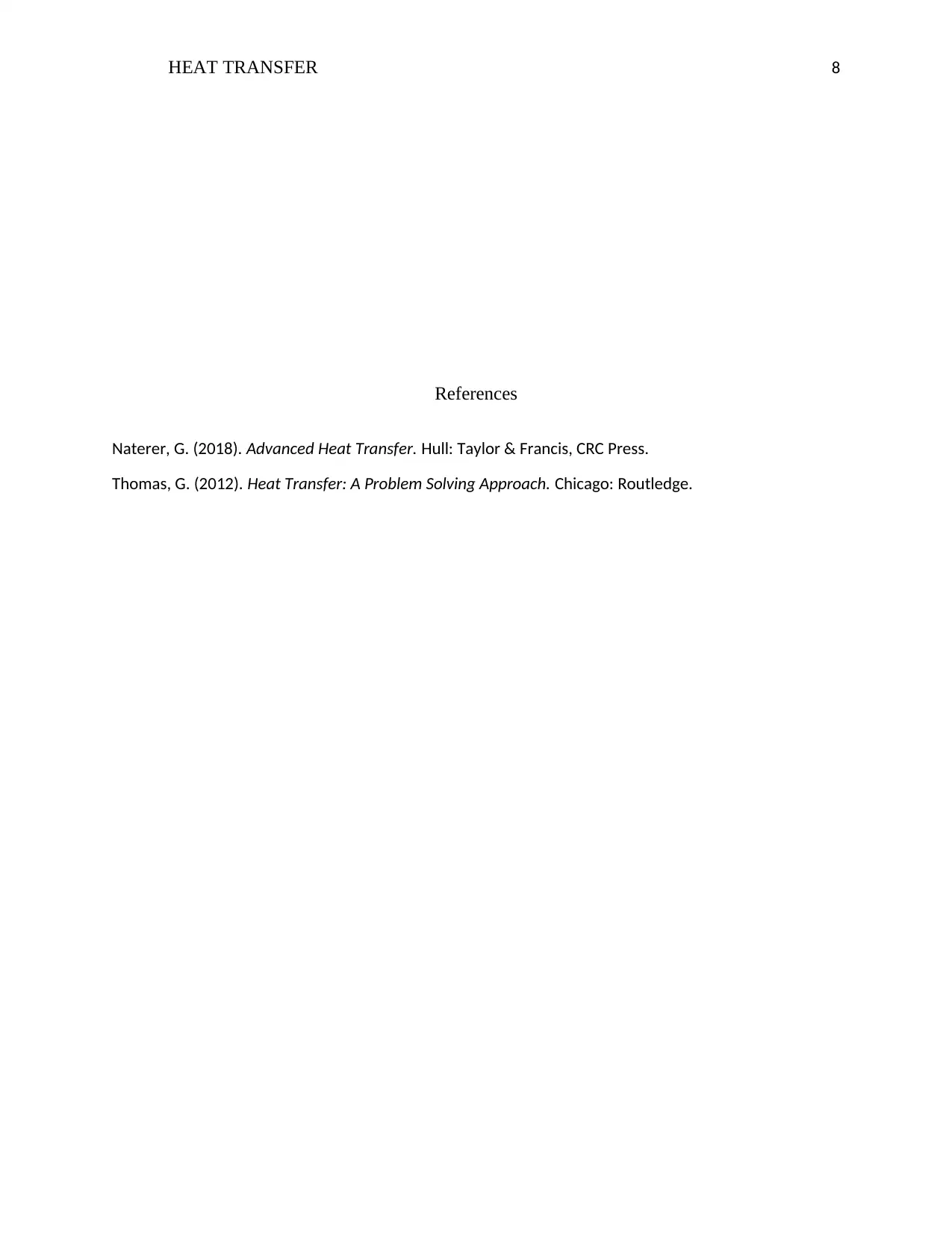


![[object Object]](/_next/static/media/star-bottom.7253800d.svg)